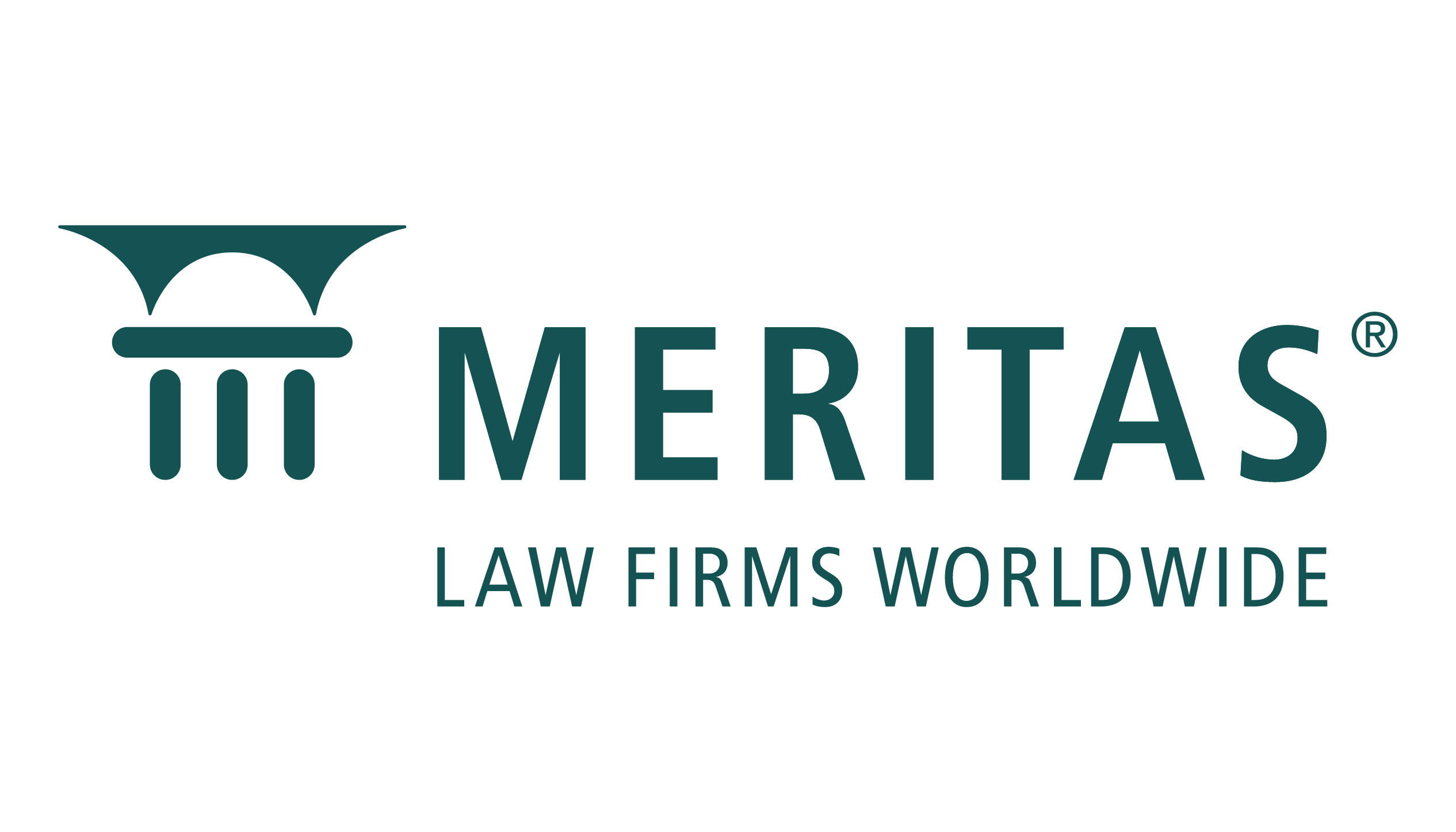
INSIGHT
Newsletter - Legal Challenges and Claim Settlement in the Practice of Co-Insurance
Background: The Practice of Co-Insurance in Indonesia
Co-insurance is a form of collaboration between insurance companies to share risks under a policy with a high insured value, which is often applied on the risk that cannot be covered by a single insurance company. In practice, the responsibility allocated to each participant company refers to the provisions set out in Article 278 of the Indonesian Commercial Code. The Financial Services Authority (OJK) provides limited regulation regarding the mechanism of business on Co-Insurance practice. Basically, Co-Insurance is carried out through two methods: joint issuance of policies and single policy issuance.
In Indonesia, Co-Insurance is often conducted based on undisclosed agreements, where only the insurance companies involved in the Co-Insurance arrangement have information regarding the proportion of risk-sharing, without disclosing or including this information in the policy issued to the policyholder as the insured party. The Financial Services Authority Regulation (POJK) No. 69/POJK.05/2016 on the administration of insurance companies, sharia insurance companies, reinsurance companies, and sharia reinsurance companies specifically outlines the obligations of the leading insurer in the operation of Co-Insurance. The primary obligations of the leading insurer are to issue policies and ensuring full payment to the policyholder in the event of a claim indemnity.
The OJK requires that, in a Co-Insurance arrangement, the leading insurance company or the designated member responsible for payment, must be fully settle claims upfront, even if the other Co-Insurers member has not yet fulfilled their proportional share payment obligations. This requirement imposes a high financial uncertainty risk on the leading insurer, as the leader bears the entire claim payment burden.
The lack of comprehensive regulations in Indonesia’s Co-Insurance mechanism presents significant challenges, requiring a thorough analysis to mitigate risks effectively without hindering business operations
Additionally, as the front facing entity issuing the policy, the leading insurer in a Co-Insurance arrangement becomes the primary target for lawsuits and reputational damage if claim disputes arise during the transaction process. Furthermore, the practice of undisclosed Co-Insurance agreements also presents risks for policyholders. The lack of transparency in risk allocation can create uncertainty in the claims process, which potentially can run to delays or difficulties in receiving claim payments, as policyholders are unaware of the roles of each insurers within the Co-Insurance arrangement. This lack of transparency also limits the policyholders ability to make informed decisions regarding their insurance coverage.
Conclusion
The lack of comprehensive regulations supervising Co-Insurance mechanisms leads to various challenges in its implementation. Both policyholders and insurance companies must adopt strategic measures to manage risks effectively. Policyholders should fully understand their insurance structure, while insurance companies must ensure regulatory compliance and protect their financial interests both as a leader and as a member of Co-Insurer. To mitigate risks, the member of Co-Insurers must conduct in-depth risk assessments before participating in Co-Insurance agreements and ensure that the policies or agreements they participate in provide sufficient risk controls for secure transactions and protection against potential future disputes.
)))000(((
NOTE
This article provides general information and does not constitute legal advice. Readers should seek specific legal counsel for their circumstances.





